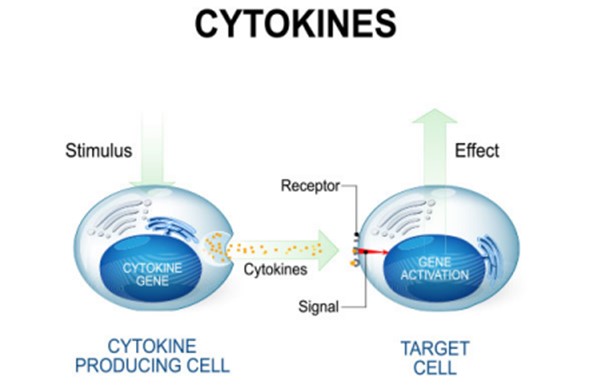To separate genomic DNA fragments by size, which of these laboratory methods is most useful?
Titration.
Electrophoresis.
Filtration.
Spectrophotometry.
The Correct Answer is B
Electrophoresis is a technique that uses an electric field to separate charged molecules, such as DNA fragments, based on their size and charge.
Choice A is not correct because titration is a laboratory method used to determine the concentration of a solution.
Choice C is not correct because filtration is a laboratory method used to separate solids from liquids.
Choice D is not correct because spectrophotometry is a laboratory method used to measure the absorbance of light by a solution.
Nursing Test Bank
Naxlex Comprehensive Predictor Exams
Related Questions
Correct Answer is B
Explanation
A possible modification could be: “Parasitic worm infestation can have both damaging and beneficial effects on the host.
While it can cause harm, it has also been found to reduce the severity of certain autoimmune disorders.”
Choice A. Worm infestation prevents the body from immune malfunction is not correct because it overstates the findings and implies that worm infestation completely prevents immune malfunction, which is not supported by the evidence.
Choice C. Worm infestations exacerbate the body’s immune reactions is not correct because it contradicts the new findings that worm infestation can relieve the effects of certain autoimmune disorders.
Choice D. Lack of worm infestations is the cause of some autoimmune disorders is not correct because it overstates the findings and implies a causal relationship between lack of worm infestations and autoimmune disorders, which is not supported by the evidence.
Correct Answer is A
Explanation
Cytokines are chemicals released by one type of immune cell to directly activate another type of immune cell.
They are small proteins that act as messengers between cells and play a key role in regulating the immune response.

Choice B. Lysozymes is not the correct answer because lysozymes are enzymes that break down bacterial cell walls and do not directly activate other immune cells.
Choice C. Perforin is not the correct answer because perforin is a protein that forms pores in the membranes of target cells and does not directly activate other immune cells.
Choice D. Granzymes is not the correct answer because granzymes are enzymes that enter target cells and trigger apoptosis (cell death) and do not directly activate other immune cells.
Whether you are a student looking to ace your exams or a practicing nurse seeking to enhance your expertise , our nursing education contents will empower you with the confidence and competence to make a difference in the lives of patients and become a respected leader in the healthcare field.
Visit Naxlex, invest in your future and unlock endless possibilities with our unparalleled nursing education contents today
Report Wrong Answer on the Current Question
Do you disagree with the answer? If yes, what is your expected answer? Explain.
Kindly be descriptive with the issue you are facing.
